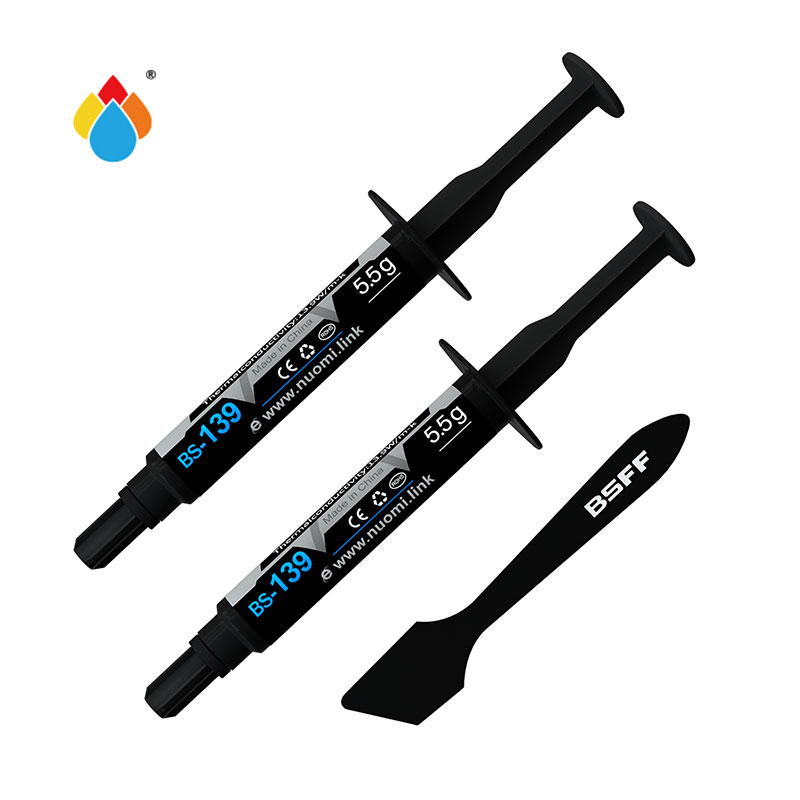The basic standard of making Thermal Interface Material
2025-04-28
Thermal Interface Material (TIM) is used to improve heat transfer between two surfaces — typically between a heat-generating component (like a CPU, GPU, or power device) and a heat sink or spreader. Tiny gaps and imperfections between surfaces trap air (which is a bad conductor of heat), so TIM fills those gaps with a material that conducts heat better.
When it comes to basic standards for making TIM, here’s what usually matters:
1. Thermal Conductivity
Core property: The TIM must have good thermal conductivity to transfer heat efficiently.
Measured in: Watts per meter-Kelvin (W/m·K).
Higher is usually better, depending on application.
2. Viscosity and Wetting
Viscosity: Needs to flow enough to fill microscopic gaps but not so much that it leaks out.
Wettability: Good contact with both surfaces without needing too much pressure.
3. Electrical Properties
Some TIMs are electrically insulating (for safety) while others, like metal-based TIMs, are electrically conductive.
Depends on where and how it’s used.
4. Thermal Stability
Must withstand the operating temperature range without breaking down (like drying out, cracking, or melting improperly).
5. Adhesion and Pump-out Resistance
Should stick well enough to stay in place but not be too hard to remove during maintenance.
Pump-out: Avoid material being squeezed out over time under heat cycling (especially in CPUs/GPUs).
6. Reliability and Lifetime
Should maintain performance over years, despite thermal cycling, vibrations, and other stresses.

(Some standards vary by type)
Thermal Grease/Paste (most common for CPUs, GPUs)
Thermal Pads (pre-formed and easy to apply)
Phase Change Materials (solid at room temp, soften at operating temp)
Liquid Metals (ultra-high conductivity but tricky to use)
Gap Fillers / Putty / Gels (for bigger gaps, lower pressure)
Common Industry References / Standards
ASTM D5470: Standard test for measuring thermal resistance of materials.
ISO 22007-2: Thermal conductivity measurement using laser flash method.
UL 94: Flammability rating if needed (especially for commercial electronics).
RoHS Compliance: Must be free from hazardous substances (like lead, mercury).
If you are interested in our products or have any questions, please feel free to contact us.


